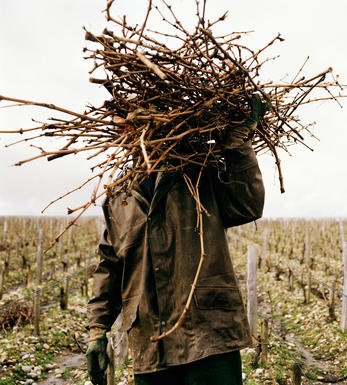
About this WINE

Domaine Vincent Girardin
The domaine originates in Santenay where Vincent’s father, Jean Girardin, divided up his estate between his four children when Vincent attained the age of 18 in 1982, providing 3 hectares for each of them. Vincent began to bottle his own wines, purchased some additional vineyards and rented others. In 1994, the year of his marriage, he began a negociant business under his own name and moved to Meursault as he could not expand his Santenay location. The negociant business has thrived, providing profits which have enabled Vincent to purchase further vineyards, including a proportion of the former Domaine Henri Clerc.
Today the domaine comprises 22 hectares, almost all in white wine appellations. The plan is to concentrate more on this side of the business with less emphasis on the negociant aspect. Together at the moment they constitute a 40,000 case winery situated in the industrial zone across the railway line, almost next door to the tonnellerie Damy which is one of their preferred barrel suppliers along with François Frères. The domaine has been fully biodynamic from 2008, undergoing certification from 2009.
The period of dramatic expansion and of making highly successful commercial wines to a formula is over. Now Vincent and Véronique Girardin, who together own the whole business outright, want to concentrate on focussing on the quality of the wines. For the whites, the grapes are picked earlier so as to retain natural acidity, there is less new oak, and richer lees: the grapes are now crushed before pressing, without excessive debourbage or lees stirring. The premiers and grands crus receive just 25% new wood and are racked into older wood during the summer.
His reds are of consistently high quality, with the emphasis being on purity of fruit and smooth, supple tannins. However, it is with whites that he really excels, producing a range of wines which are characterised by their depth of fruit and exquisite balance. These whites are extremely approachable when young but the top crus benefit from 4-5 years of bottle ageing.
The reds are made including stems where possible, if ripe and healthy enough, and minimal handling during cuvaison: no punching down at all. As with the whites there is little reliance on new wood.
Jasper Morris MW, Burgundy Wine Director and author of the award-winning Inside Burgundy comprehensive handbook.

Meursault
There are more top producers in Meursault than in any other commune of the Côte d’Or. Certainly it is the most famous and popular of the great white appellations. Its wines are typically rich and savoury with nutty, honeyed hints and buttery, vanilla spice from the oak.
Even though it is considerably larger than its southerly neighbours Chassagne and Puligny, Meursault contains no Grands Crus. Its three best Premiers Crus, however – Les Perrières, Les Genevrières and Les Charmes – produce some of the region’s greatest whites: they are full, round and powerful, and age very well. Les Perrières in particular can produce wines of Grand Cru quality, a fact that is often reflected in its price. Meursault has also been one of the driving forces of biodynamic viticulture in the region, as pioneered by Lafon and Leflaive.Many of the vineyards below Premier Cru, known as ‘village’ wines, are also well worth looking at. The growers vinify their different vineyard holdings separately, which rarely happens in Puligny or Chassagne. Such wines can be labelled with the ‘lieu-dit’ vineyard alongside (although in smaller type to) the Meursault name.
Premier Cru Meursault should be enjoyed from five to 15 years of age, although top examples can last even longer. Village wines, meanwhile, are normally at their best from three to 10 years.
Very occasionally, red Meursault is produced with some fine, firm results. The best red Pinot Noir terroir, Les Santenots, is afforded the courtesy title of Volnay Santenots, even though it is actually in Meursault.
- 305 hectares of village Meursault. The best vineyards include Clos de la Barre, Tesson, Chevalières, Rougeot, Narvaux
- 132 hectares of Premier Cru vineyards (17 in all). The finest vineyards include Les Perrières, Les Genevrières and Les Charmes
- Recommended producers: Comte Lafon, Arnaud Ente, Coche Dury, Guy Roulot, Jean-Philippe Fichet, Patrick Javillier, François Jobard, Michel Bouzereau
- Recommended restaurant: Le Chevreuil

Chardonnay
Chardonnay is often seen as the king of white wine grapes and one of the most widely planted in the world It is suited to a wide variety of soils, though it excels in soils with a high limestone content as found in Champagne, Chablis, and the Côte D`Or.
Burgundy is Chardonnay's spiritual home and the best White Burgundies are dry, rich, honeyed wines with marvellous poise, elegance and balance. They are unquestionably the finest dry white wines in the world. Chardonnay plays a crucial role in the Champagne blend, providing structure and finesse, and is the sole grape in Blanc de Blancs.
It is quantitatively important in California and Australia, is widely planted in Chile and South Africa, and is the second most widely planted grape in New Zealand. In warm climates Chardonnay has a tendency to develop very high sugar levels during the final stages of ripening and this can occur at the expense of acidity. Late picking is a common problem and can result in blowsy and flabby wines that lack structure and definition.
Recently in the New World, we have seen a move towards more elegant, better- balanced and less oak-driven Chardonnays, and this is to be welcomed.



Buying options
Add to wishlist
wine at a glance
Delivery and quality guarantee